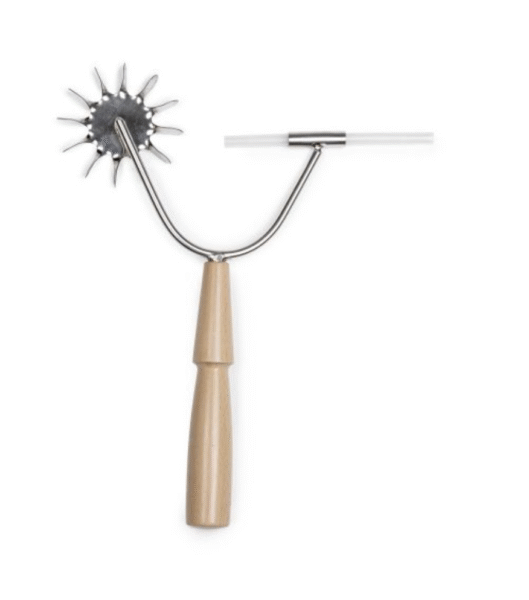Too often today, Pilates is taught in a way that looks more like an aerobics class than the mindful method Joseph Pilates created. Loud music, rushed movements, reformer springs loaded with heavy resistance.
When I teach in a hotel studio, I sometimes meet clients I do not know and I am surprised to see them arrive expecting to sweat, to suffer, and to leave exhausted. They keep asking me to add more resistance because otherwise they do not feel anything. And I cannot help but wonder, what is it that they have been taught and how was it called Pilates?
This fast, sweat driven approach completely misses the point. True Pilates is not about suffering. It is about awareness, long breath, flow, and the mind body connection.

One of the key principles of Pilates is breathing through each exercise. Breath is not an afterthought. It is what engages the core, provides stability, and gives rhythm to the movements.
Inhale to create space and length. Exhale to deepen control and connect with your powerhouse. This conscious use of breath transforms the exercises from simple movements into a mindful practice that strengthens the body while calming the mind.
Long exhales allow the lungs to eliminate residual toxins. Breathing in Pilates allows the diaphragm to move freely, improving vital capacity and supporting deeper, healthier breathing.
Joseph Pilates understood this so well that he even created a small device called the Breath a cizer, designed to encourage diaphragmatic breathing. By practicing with it, students could train their lungs to expand fully, strengthen the diaphragm, and improve control over breath flow. It was a reminder that in Pilates, breath is just as important to train as the muscles.
Through breath, Pilates creates one of its greatest benefits: the mind body connection. Instead of moving without awareness, you begin to notice your alignment, your posture, and the way different muscles support you.
Pilates practiced with awareness does not just sculpt the body. It also trains the mind to focus, to release stress, and to reconnect with calm. This is why so many describe it as movement meditation.
In a culture obsessed with quick fixes and instant results, Pilates teaches patience. The real gift is not a flat stomach or calories burned. It is learning to fall in love with the process.
When you focus on the process instead of the outcome, the benefits appear naturally. Muscles grow stronger, posture improves, energy increases, and injuries decrease.
Practiced with breath and awareness, Pilates offers benefits that no aerobics style workout can provide.
If your only experience of Pilates has been fast paced classes focused on sweat and heavy resistance, I invite you to try it differently. Slow down. Breathe. Pay attention to your breath not only in class but in your everyday life.
Pilates is not about suffering. It is about discovering strength with grace, control with balance, and energy with awareness. That is the Pilates that transforms.